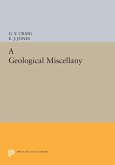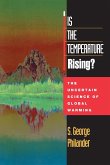An ever-increasing concern over environmental degradation, together with recent technological advances, has spawned an explosion of chemical data for a wide variety of matter found on earth and in the solar system. Yuan-Hui Li's book offers professionals and students alike an indispensable up-to-date guide to geochemistry, bringing together new information on topics ranging from nucleosynthesis to crystal chemistry, from the systematics of chemical variation in the earth's core to the composition of complex organics. The objective is to illustrate the physicochemical principles and various natural processes that can explain observed compositional changes in natural substances. A general understanding of these principles and processes (including those pertaining to cosmology, geology, and biology) is essential, maintains the author, for deciphering and predicting transport pathways and final sinks of anthropogenic pollutants in our environment. The book focuses on compositional data and related references for such substances as solar photosphere, meteorites, igneous rocks, soils, sedimentary rocks, surficial waters, marine and terrestrial organisms (including humans), and aerosols. It emphasizes the use of original raw data as much as possible, and applies the statistical technique of factor analysis to elucidate any underlying interrelationships among chemical elements and given sample sets. Whenever applicable, simple chemical thermodynamic models are introduced to explain the observed partitioning of elements among different phases.








